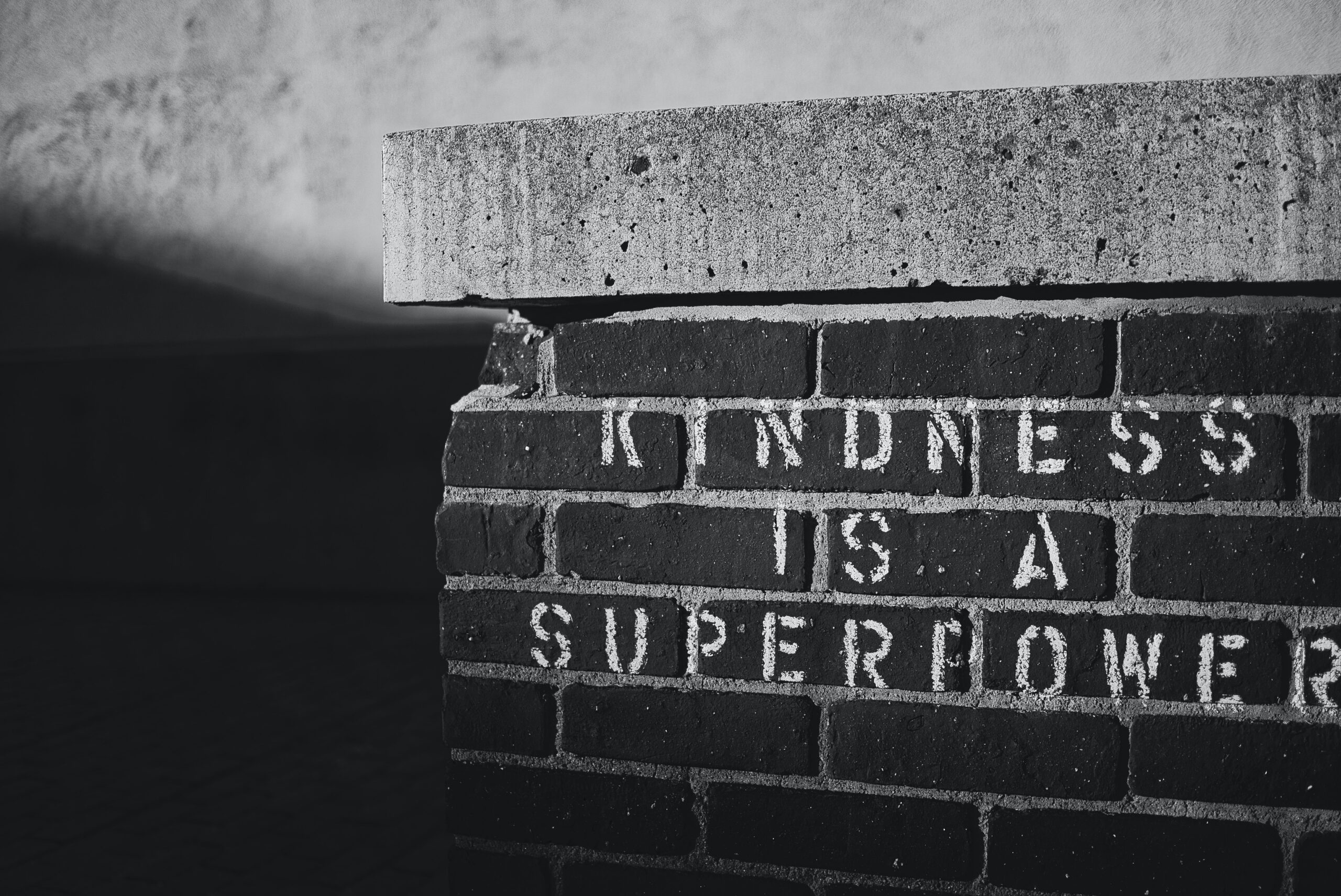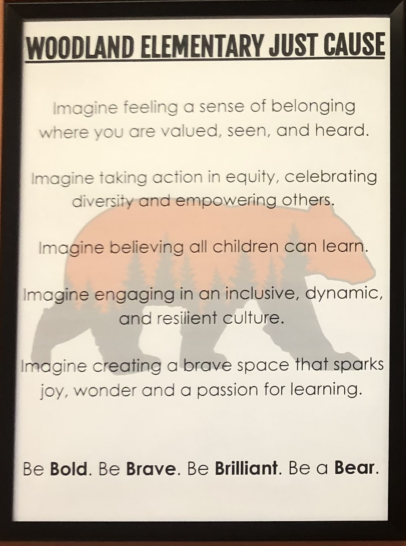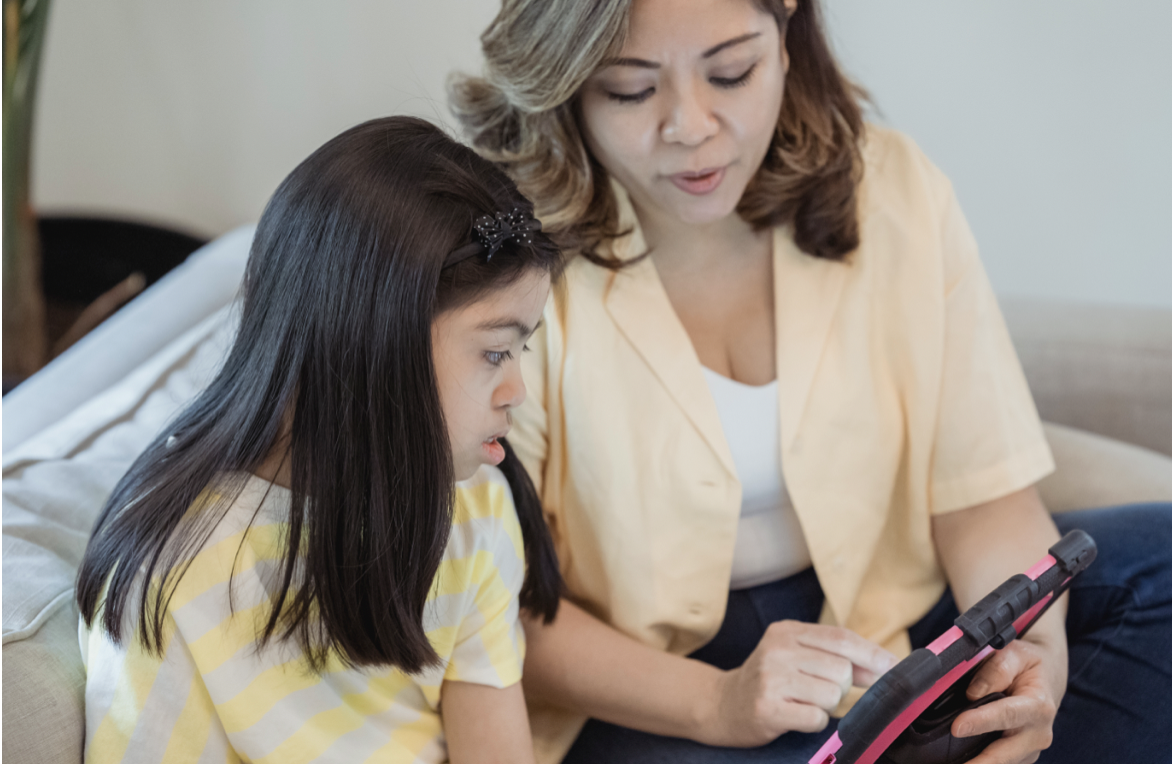
Be Kind To Your Mind: Practicing Self-Compassion
If you’re used to being self-critical, it might be difficult for you to understand what being self-compassionate is like. Self-compassion is defined as treating yourself

If you’re used to being self-critical, it might be difficult for you to understand what being self-compassionate is like. Self-compassion is defined as treating yourself

When we think about healing, many of us focus only on our physical bodies. In reality, there is a great deal of research showing our

We all understand that kids learn by watching their parents and other adults in their lives. If those guiding adults are kind and optimistic, then

In my fifth grade classroom during the peak COVID era—a hugless year of masks, social distancing and hand sanitizer, I had a student named Chloe

The Imagine Project (TIP) is currently working with the incredible staff at Woodland Elementary in Cherry Creek Schools in Colorado to make Imagine story writing

Children deserve to grow up happy, loved, and supported no matter their environment. According to an article on child development, various factors contribute to children’s

Every teacher wants their students to feel emotionally supported in their classroom–when a child feels emotionally stable, they can take in and learn information. The

We want to shelter our children from all forms of harm or danger. In the age of information, however, this can be a challenge. Many

Navigating a divorce is no easy venture, especially if children are involved in the mix. If you’re stressed out or visibly affected by any major

It’s back to school time again and most educators are acutely aware of the potential social emotional needs of students. Last school year was a




Join our community to get the latest tips, exclusive offers, and updates straight to your inbox. Don’t miss out—subscribe now and be the first to know!